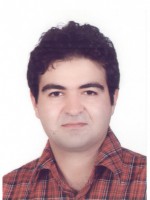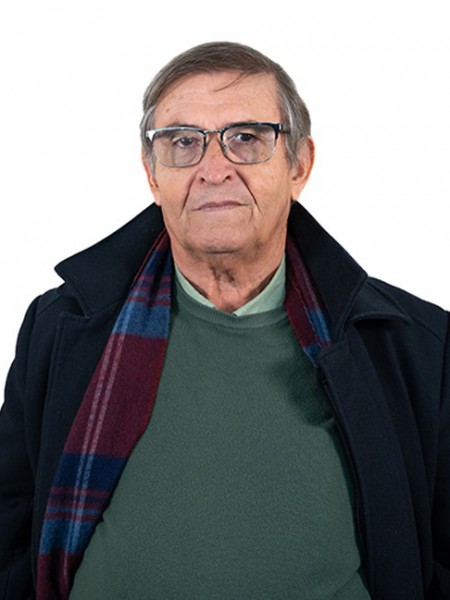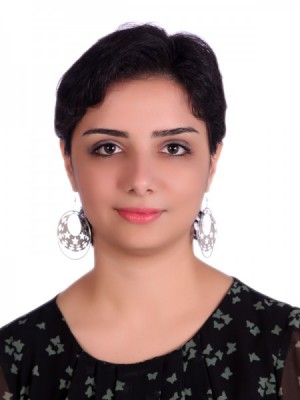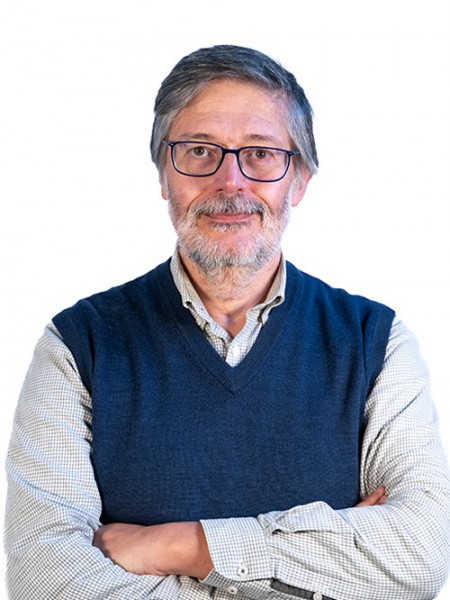abstract
Self-doping of the h-LuMn(x)O3 +/-delta (0.92 <= x <= 1.12) phase and changes in the sintering time are applied to investigate the formation and annihilation of antiphase ferroelectric (FE) domains in bulk ceramics. The increase in the annealing time in sintering results in growth of FE domains, which depends on the type of vacancy, 6-fold vortices with dimensions of the order of 20 mu m being observed. Interference of planar defects of the lattice with the growth of topological defects shows breaking of 6-fold symmetry in the self-doped ceramics. The role of grain boundaries in the development of topological defects has been studied. Dominance of the atypical FE domain network in very defective h-LuMn(x)O3 +/-delta lattices saturated with Mn vacancies ( x < 1) was also identified in the current study. After a long annealing time, scattered closed-loops of nano-dimensions are often observed isolated inside large FE domains with opposite polarization. Restoring of the polarization after alternative poling with opposite electrical fields is observed in FE domains. Stress/strain in the lattice driven by either planar defects or chemical inhomogeneity results in FE polarization switching on the nanoscale and further formation of nano-vortices, with detailed investigation being carried out by electron microscopy. Pinning of FE domains to planar defects is explored in the present microscopy analysis, and nano-scale observation of lattices is used to explain features of the ferroelectricity revealed in Piezo Force Microscopy images of the ceramics. Published by AIP Publishing.
keywords
HEXAGONAL MANGANITES; MULTIFERROIC YMNO3; CONDENSATION; MOBILITY
subject category
Physics
authors
Baghizadeh, A; Vieira, JM; Vaghefi, PM; Willinger, MG; Amaral, VS
our authors
acknowledgements
A.B. would like to acknowledge the financial support of FCT fellowships SFRH/BD/51140/2010. We would like to acknowledge the Electron Microscopy Group in Fritz Habor Institute, Berlin, for providing the Equipment for TEM Studies. A.B acknowledges Achim Klein-Hoffmann for teaching sample preparation and his support. Also, we would like to acknowledge the help of staff in the Microscopy Center of the Aveiro University, Portugal, and the FCT Project No. REDE/1509/RME/2005 for providing access to electron microscopy facilities in CICECO and also PFM equipment in CICECO.





